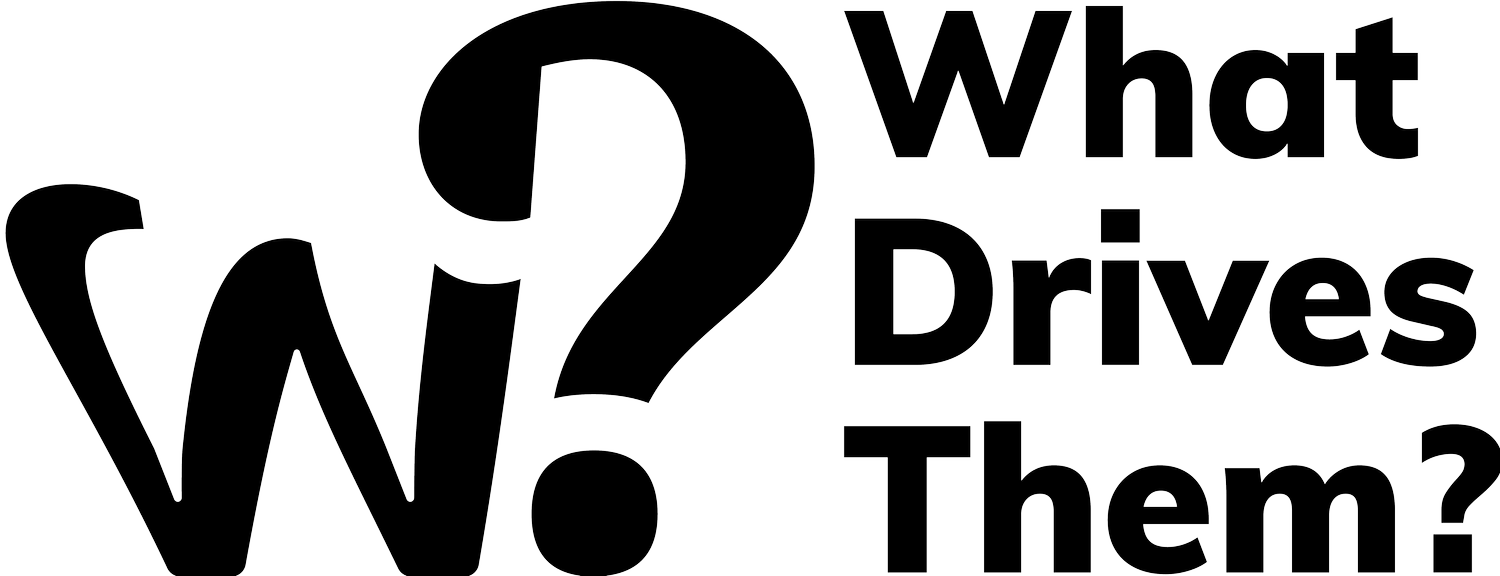Are you a Maximiser or a Satisficer? Let’s find out!
Ever found yourself standing in the cereal aisle, staring blankly at the endless rows of options, wondering whether to go for the classic Corn Flakes or the trendy, gluten-free, quinoa-infused granola? Welcome to the perplexing world of decision-making, where you might just be a maximiser or a satisficer. But what exactly does that mean, and how does it affect your buying habits? Let’s dive into this delightful dilemma!
Maximisers vs. Satisficers: The Basics
First things first: what’s the difference between a maximiser and a satisficer?
Maximisers are the folks who strive to make the best possible decision every single time. They’ll compare every option, read countless reviews, and won’t rest until they’re absolutely certain they’ve made the optimal choice. Think of them as the Olympic athletes of decision-making.
Satisficers, on the other hand, are perfectly content with a good enough option. They have standards, sure, but once those standards are met, they’re ready to make a decision and move on with their lives. These are the people who walk into a shop, find a pair of jeans that fit, and buy them without trying on 20 other pairs first.
How Does This Affect Buying Habits?
For Maximisers:
Pros: You’re likely to end up with high-quality products that you’re happy with (eventually).
Cons: Decision fatigue is real, and you might spend more time and energy on decisions than you’d like. Plus, the fear of making the wrong choice can be paralysing.
For Satisficers:
Pros: You save time and reduce stress by making decisions more quickly.
Cons: You might miss out on the absolute best option, but hey, you’re happy with your choice, and that’s what matters!
The Research Angle
Let’s take a peek at what the scientists have to say about this.
Barry Schwartz’s Research: Barry Schwartz, in his book The Paradox of Choice, discusses how maximisers and satisficers approach decisions differently. His research suggests that maximisers tend to experience more regret and less satisfaction, even if they end up with a better outcome. Satisficers, meanwhile, are generally happier with their choices because they don’t dwell on what could have been.
Iyengar, Wells, and Schwartz Study: In a study conducted by Sheena Iyengar, Rachel Wells, and Barry Schwartz, participants were asked to choose chocolates from an array of 6 or 30 options. Maximisers, who were more likely to choose from the larger array, reported feeling more overwhelmed and less satisfied with their choice than satisficers who opted for the smaller selection. This highlights the downsides of having too many choices and the advantages of satisficing.
And Then There’s the “Pain of Paying”
Ever feel a little pang of regret when you swipe your card or hand over cash? That’s what we call the “pain of paying.” Maximisers might feel this more acutely because they’ve invested so much time and effort into making the perfect choice that parting with their hard-earned money can feel like a bigger deal. Satisficers, having spent less emotional energy on the decision, might not feel the sting quite as much.
Real-Life Examples
Example 1: The Gadget Guru Maximiser Meet Tom. Tom needs a new smartphone. He spends weeks reading reviews, comparing specs, and even visiting tech shops to get hands-on experience with the latest models. When he finally makes his choice, it’s the best on the market, but Tom can’t help but wonder if a new, better phone will be released soon, leaving him with a twinge of buyer’s remorse.
Example 2: The Easygoing Satisficer Then there’s Sarah. Sarah also needs a new smartphone. She does a quick search for the top-rated models within her budget, reads a couple of reviews, and makes her purchase. Sarah’s phone might not have the absolute best camera or the most storage, but it does everything she needs, and she’s happy with it. Plus, she’s already moved on to planning her next adventure.
So, Which One Are You?
Next time you’re faced with a decision, whether it’s picking out a new outfit or choosing a restaurant for dinner, take a moment to consider: are you maximising or satisficing? Understanding your decision-making style can help you make choices that are not only efficient but also satisfying.
And remember, whether you’re a maximiser or a satisficer, the key is to find balance. Sometimes, it’s okay to dive deep and seek the best, but other times, good enough really is good enough. Happy decision-making!

